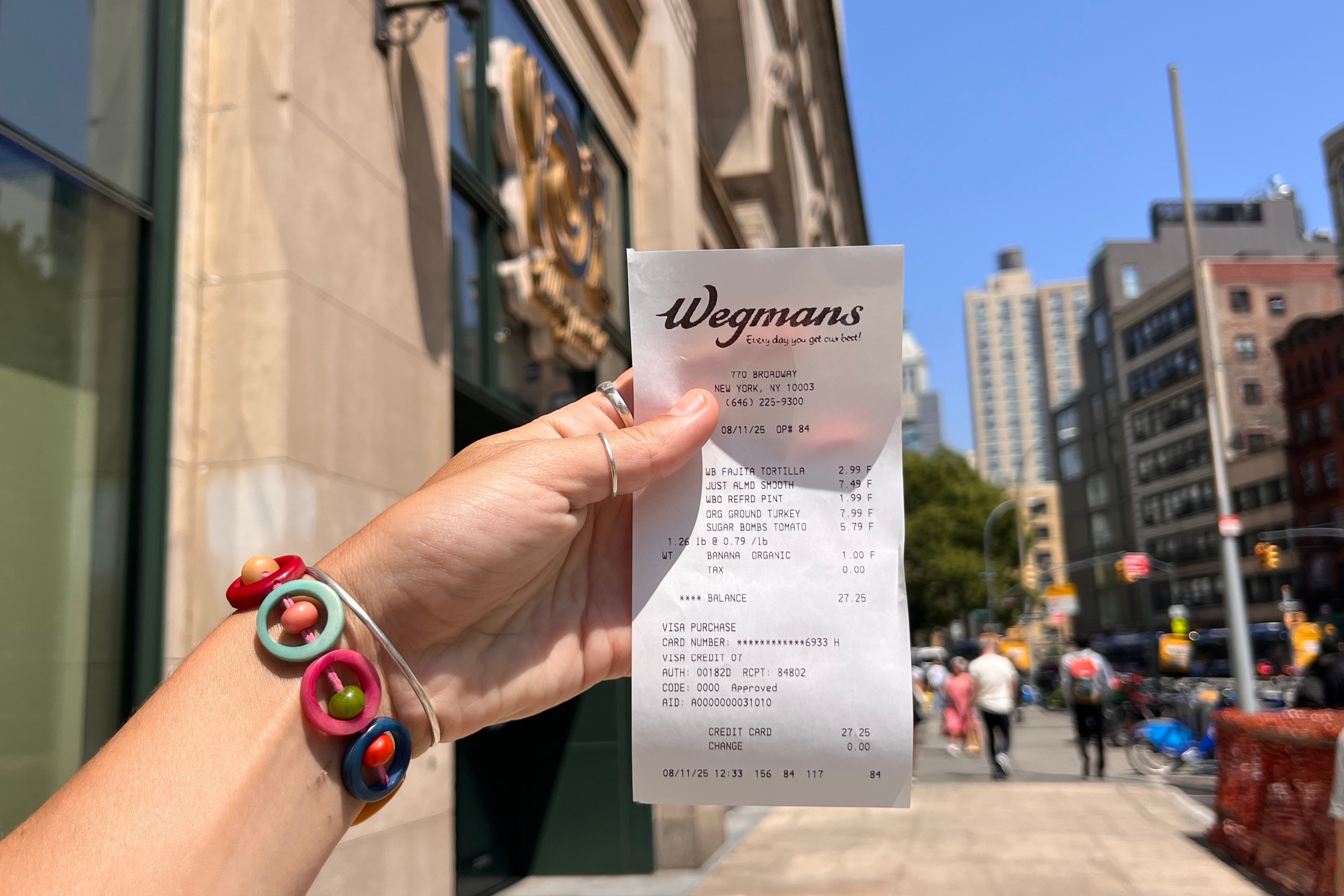Since his election in November, Maryland Governor Larry Hogan has been threatening to kill two major transit projects that are nearly ready to begin construction. Both the Purple Line and the Red Line are among the most significant transit expansions in the country right now.

The Purple Line would extend D.C.'s Metro rail service into Montgomery County, likely reshaping development to a major extent, as has been the case near the recently-opened Silver Line in Virginia. Meanwhile, Baltimore's Red Line represents a major expansion of that city's transit system and has been carefully planned to benefit some of the city's poorest neighborhoods, where atrocious social inequality has been thrown into sharp relief by the police killing of Freddie Gray and the protests that followed.
A new report by Transportation for America lays out what's at stake here, and the organization shared its findings in a blog post yesterday. While Hogan has couched his objections in concerns about the pricetag of these projects, T4A points out that abandoning them would be a far costlier decision:
- The two lines would generate more than 35,000 direct and indirect jobs, increasing household income by over $1 billion;
- Associated productivity increases from more reliable commutes and better access would raise incomes by another estimated $2.2 billion;
- Increased real estate development potential would raise the tax base of the affected jurisdictions by billions of dollars — $12.8 billion for the Purple Line alone.
- Families can save more than $900 a month if they can get by with one or fewer cars thanks to high-quality transit service;
- Nearly 250,000 jobs will be accessible via rail transit in the Baltimore region, and 290,000 in the D.C. suburbs.
Additional benefits explored in the report include time savings for future commuters versus driving in traffic; the potential to retain employers who would have access to a larger pool of workers with reasonable commute options; and the long-term payoff of training local workers for higher-skill jobs.
Elsewhere on the Network today: The Transportationist explains how the breadth of our social circles affects our carbon footprint. Human Transit discusses the tricky business of connecting suburban office parks to transit. And Streets.mn says a tragic death involving Minneapolis' new Green Line light rail could have been avoided.





